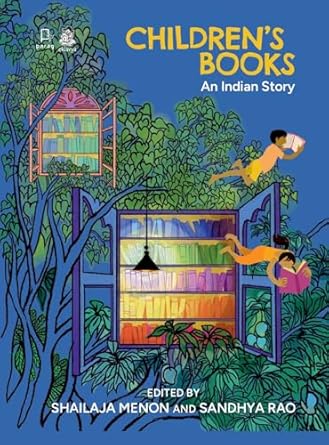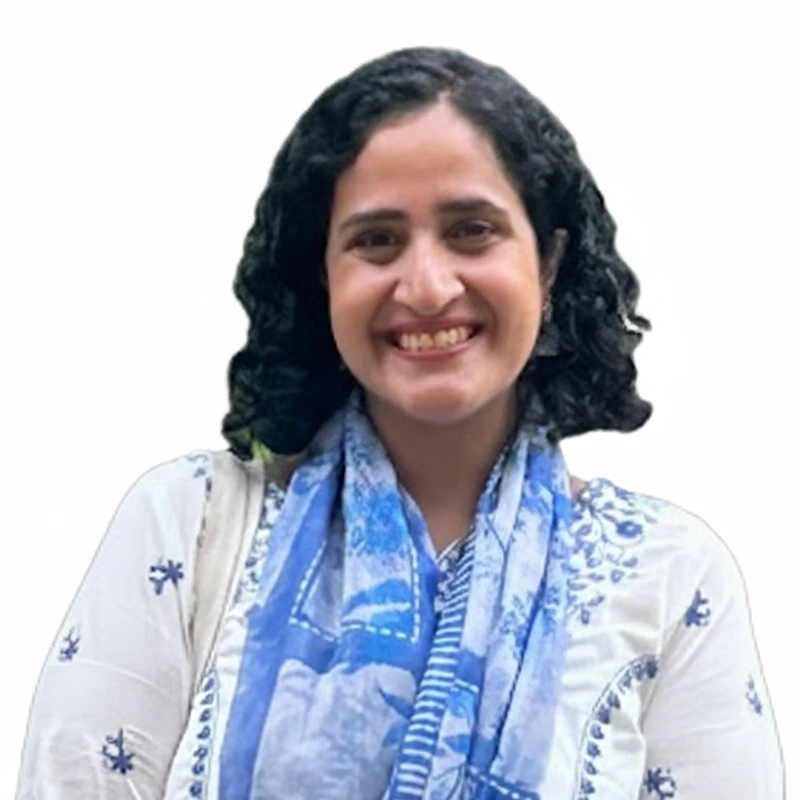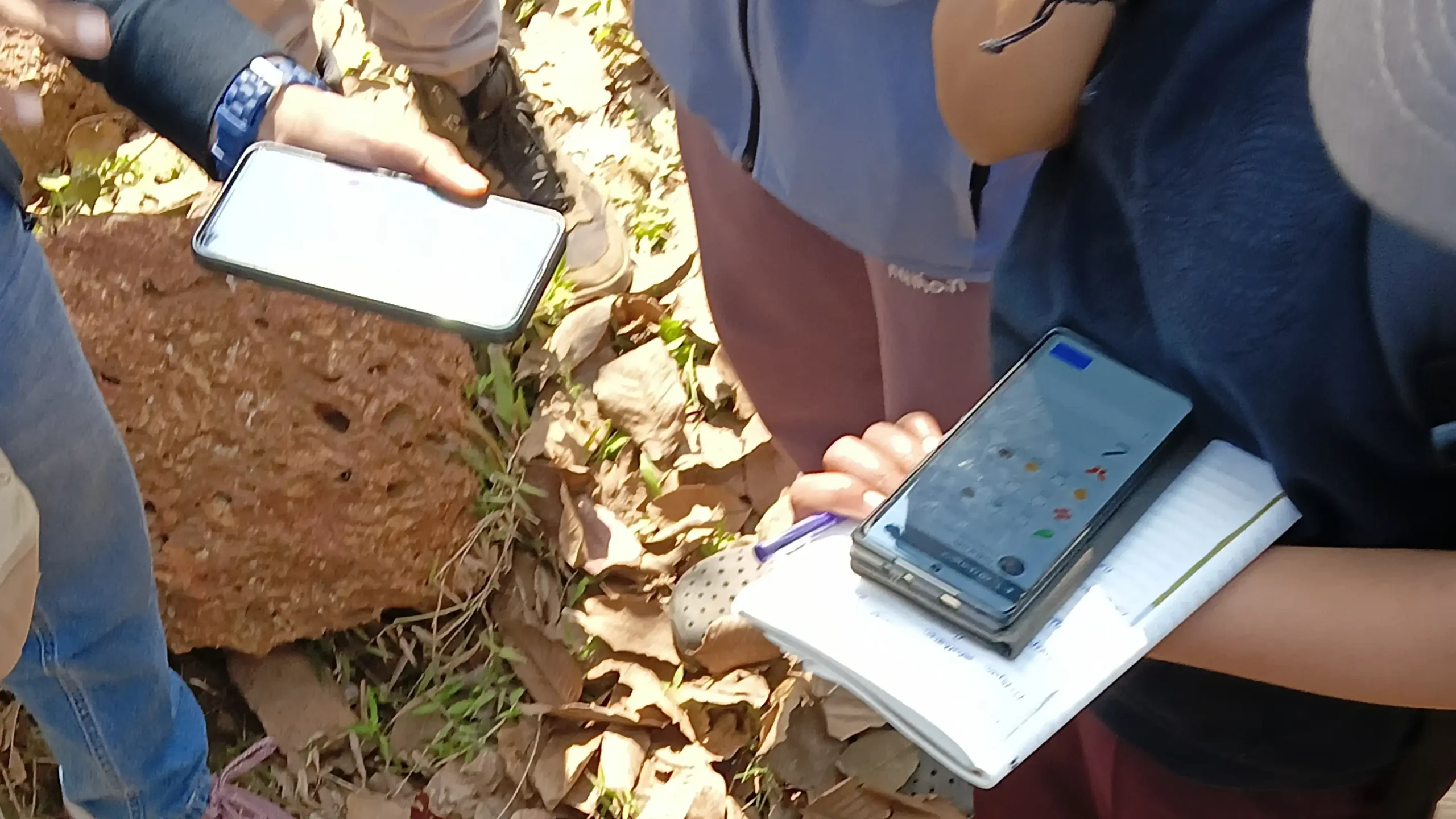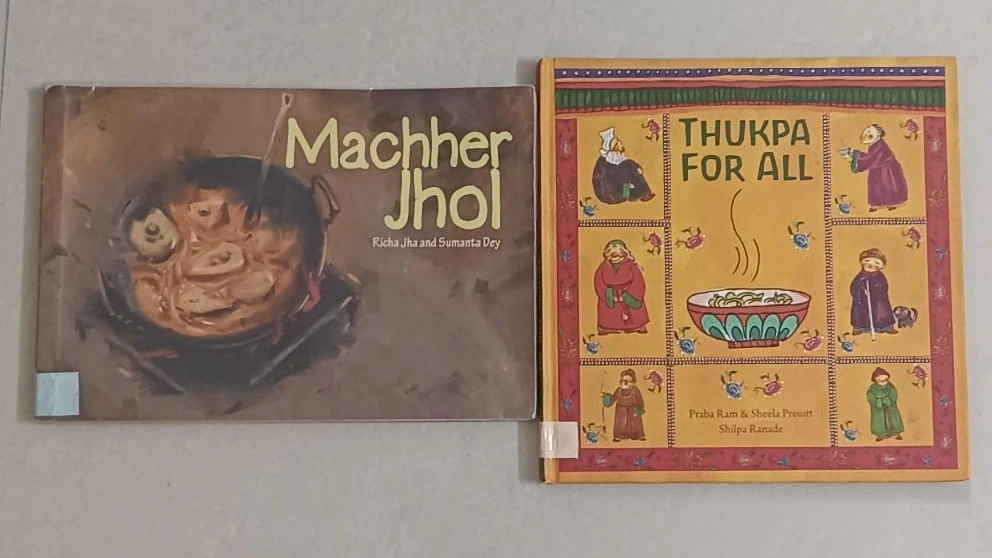A review of ‘Children’s books: an Indian story’
This is a review of the collection of essays titled ‘Children’s books: an Indian story’, edited by Shailaja Menon and Sandhya Rao. This review highlights the relevance and limitations of the book in contributing to our understanding of children's publishing in India.

Have you ever held a children’s book in your hands and wondered how it was brought together? How does an illustrator set about creating such compelling images? With what vision does a writer craft a story, and what thoughts do they hope to leave with their young readers? ‘Children’s books: an Indian story’ does a wonderful job of capturing the voices of publishers, authors, illustrators, editors, translators, librarians and educators who shape this world. The book was put together by support from Parag, an initiative of Tata Trusts, and was published by Eklavya, Bhopal.
Edited by Shailaja Menon and Sandhya Rao, ‘Children’s books: an Indian story’ is a collection of writings on contemporary children’s literature. The volume explores the recent history of the field in India, with a particular focus on developments in the English language. The book makes a clear attempt to be accessible to readers who may not be familiar with the field but are curious about it. It actively seeks to be practice-oriented, rather than remaining a purely academic exercise.
The book runs to about 400 pages. At first glance, its length may seem daunting. However, the chapters, each dealing with a distinct theme, are self-contained while being linked to the book’s larger theme. Therefore, each chapter can be read separately with pleasure and benefit. In that sense, the book feels like a collection of well-researched, grounded magazine features, substantial yet still approachable.
The book is divided into four sections. The first maps the terrain of children’s literature in India. The second delves into the processes and practices that shape it. The third explores the nuances of diverse childhoods and experiences. The fourth considers how these books can be meaningfully used with children in classrooms. Together, these sections create a comprehensive picture of the ecosystem around children’s books, moving from broad context to practical application.
Adding richness to the text are contributions from some of the most prominent voices in the field. Radhika Menon of Tulika Publishers reflects on trends in publishing and how the children’s book market has evolved. Thejaswi Shivanand, an educator and independent researcher, nudges readers to think about how children’s books can help young people imagine a more just and inclusive world. Historian Devika Rangachari turns her attention to the emergence of young adult literature, and to the importance of addressing themes such as sexuality and mental health. Library practitioners, Sujata Noronha and Usha Mukunda, write about their experiences of working with children. Their essays bring out the voices of children in responding to literature in library spaces.
The book is clear about its own limitations. Menon and Rao acknowledge that it is not the most comprehensive text on the subject. Rather, it is an attempt to capture some of the ongoing discussions. Notably, the book does not engage with the question of caste, a gap the editors themselves admit. This candid recognition is important. By being transparent about what it leaves out, the book situates itself honestly, allowing readers to engage with it as one contribution in a much larger set of conversations.
One of the book’s delights is that each chapter ends with a list of recommended titles. For a curious adult admirer of children’s literature, it’s an invitation to pick up a book, whether for a young friend or simply for yourself.
In the end, what lingers is not only the wealth of insights from diverse contributors but also the sense that children’s literature in India is a field alive with questions, challenges and possibilities. The book does not claim to answer them all. However, it offers a rich starting point for anyone who wishes to think more deeply about the stories we tell our children, and the futures we imagine for them.
Bibliographic details of the book under review: Shailaja Menon and Sandhya Rao. Children’s books: an Indian story. Eklavya (in collaboration with Parag, an initiative of Tata Trusts), 2024.




No approved comments yet. Be the first to comment!